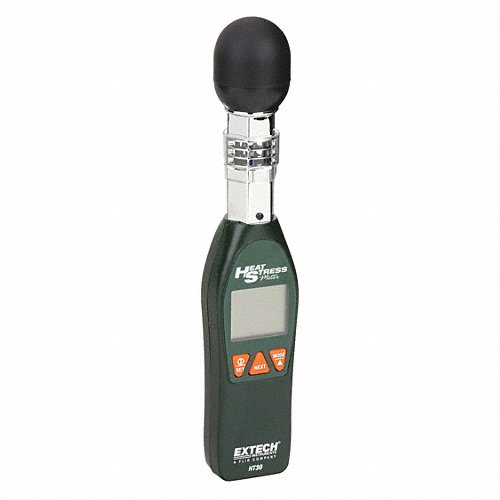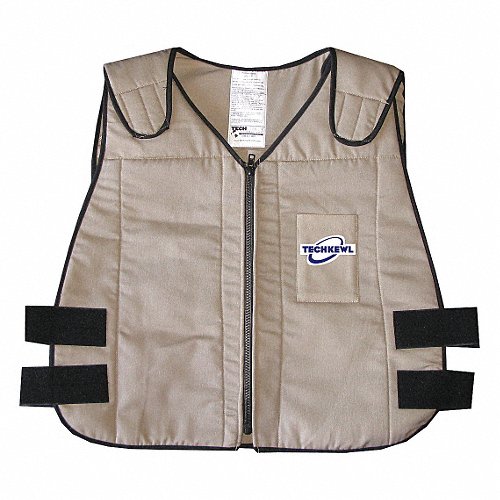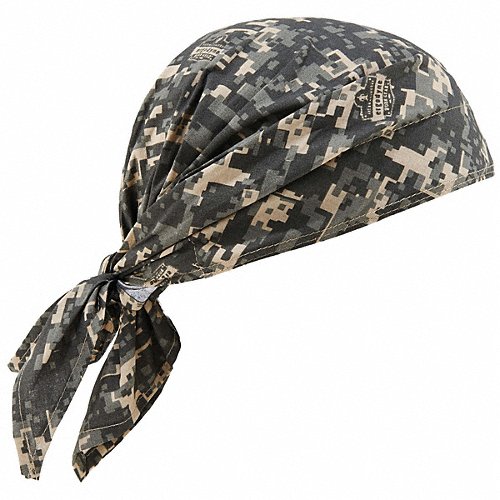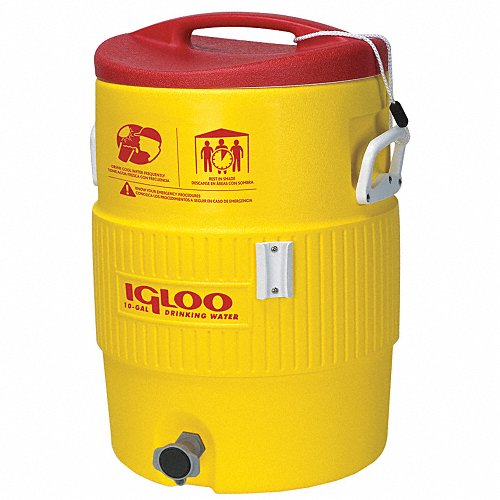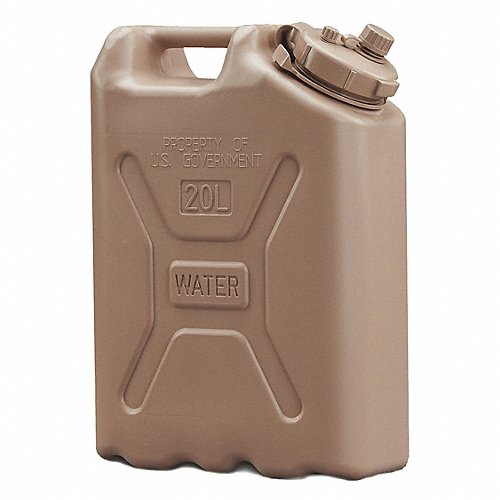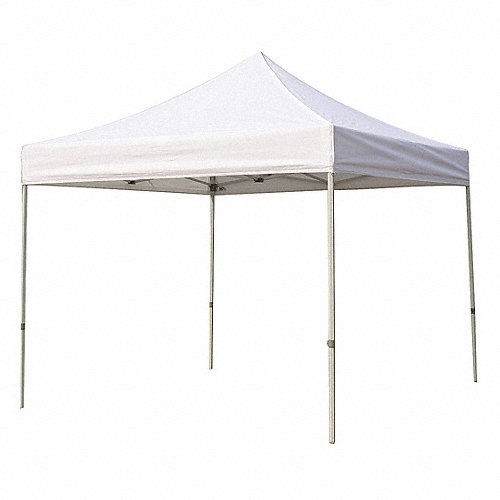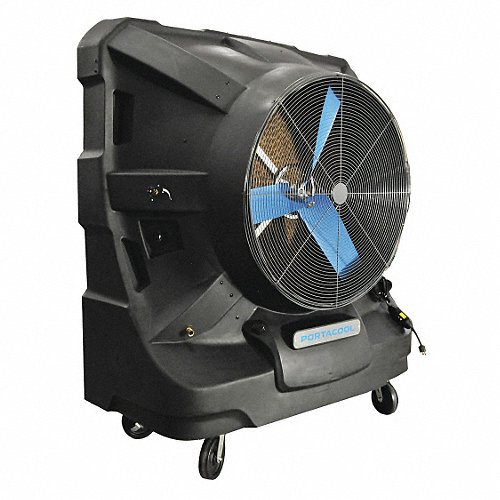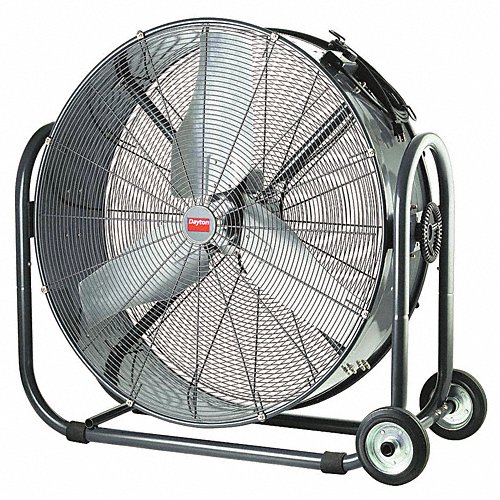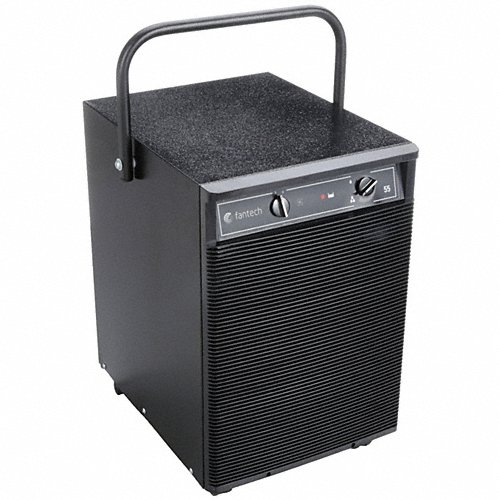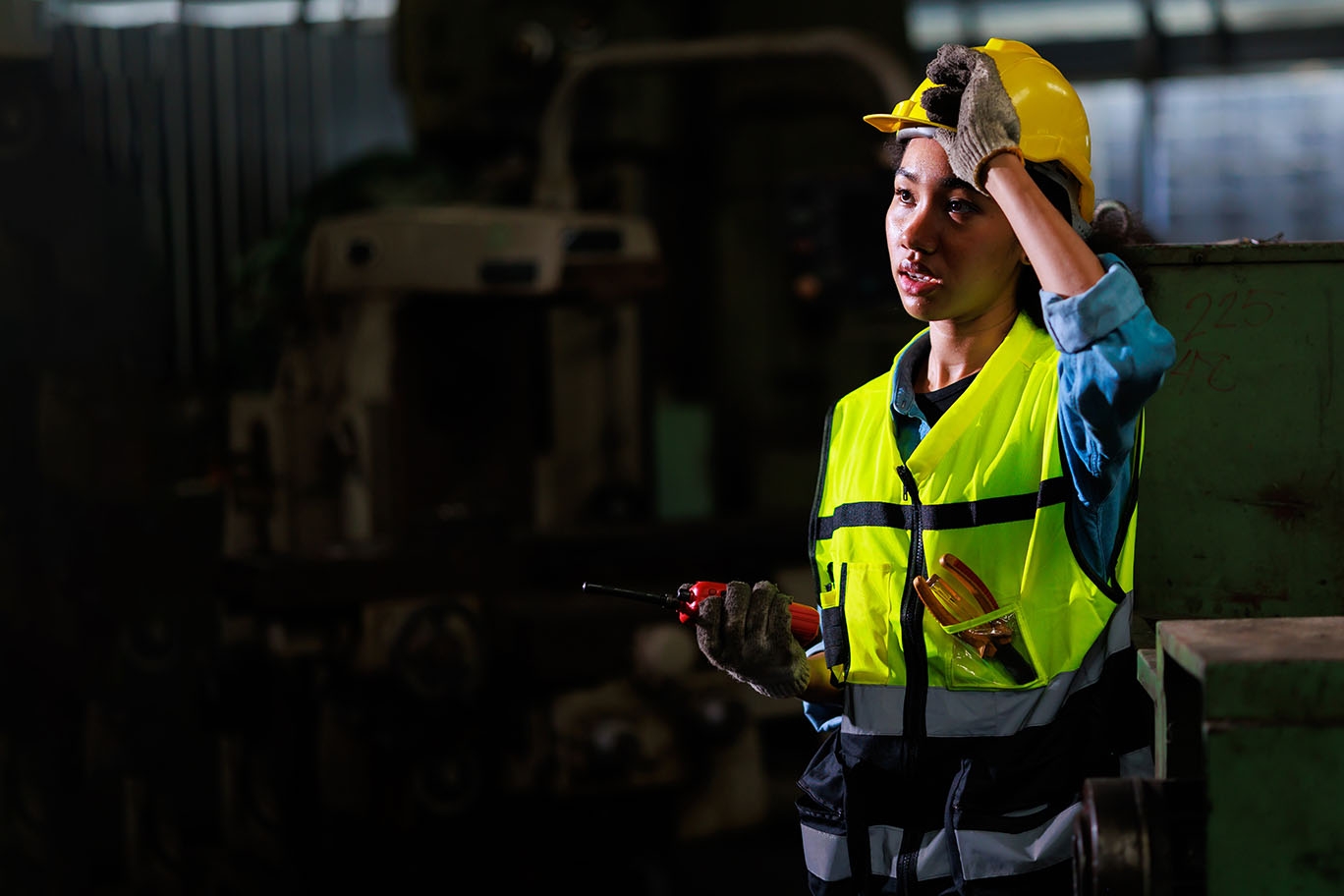

Get Ready to Work in the Heat: Acclimatization Do's and Don'ts
By Grainger Editorial Staff 5/25/23
Why is heat acclimatization important? Working in the heat is dangerous when you aren't used to it. Get expert tips on acclimatization schedules and dos and don'ts for optimal adaptation.


Working in the heat is hard. That’s obvious. But did you know that it really is harder – and more dangerous – when you’re not used to it?
The main reason is sweat. You might not think of sweating as a skill, but it’s something your body gets better at with practice. If you’re not used to working in the heat, you won’t sweat as efficiently.
That might not sound like a big deal, but it is. People who aren’t used to working in heat – who aren’t acclimatized to it – are at greater risk for serious heat illnesses. In one analysis, almost half of the reported cases of heat illness happened on the worker’s first day on the job, and 80% were in the first four days. Another study of OSHA citations also found that the negative effects of working in the heat are significantly greater in the first few days of exposure.
You might also be surprised by how quickly you can lose your acclimatization. It starts to diminish after about a week away from working in the heat. Most people will be back to their baseline heat tolerance after a month away from working in the heat.
So, who needs to think about acclimatization? According to OSHA, any worker who isn’t used to the heat load they’ll face that day has an increased risk of heat illness. This includes:
- Workers who are new to the job
- Workers who will be wearing additional clothing, like chemical protective clothing
- Workers who will be more active than usual
- Workers who have been on vacation or sick leave for a week or more
- Workers who are working through seasonal temperature changes in early spring and summer
- Workers who are working on a day when it’s significantly warmer than the day before
In other words, almost everyone works in the heat will need to acclimatize to it periodically.
NIOSH recommends acclimatizing slowly, increasing the workload in hot conditions over one to two weeks. Here are two sample schedules from NIOSH. The first is for workers who are new to the work, and the second is for workers who are returning from some time away to work that they’ve done before.
NIOSH Acclimatization Recommendations for New and Returning Workers
| New Worker Recommendation | Returning Worker Recommendation | |
|---|---|---|
|
Day One |
20% of work duration |
50% of work duration |
|
Day Two |
40% of work duration |
60% of work duration |
|
Day Three |
60% of work duration |
80% of work duration |
|
Day Four |
80% of work duration |
100% of work duration |
|
Day Five |
100% of work duration |
100% of work duration |
Many workers will be able to handle the full workload after four days of acclimatization. But the acclimatization process will continue and heat tolerance will improve for up to two weeks after the first exposure.
Here are some important acclimatization do’s and don’ts:
DO
Take it slow. The best way to acclimatize yourself to working in the heat is with a gradually increasing workload over one to two weeks.
Start with at least two hours of heat exposure per day. You can break this up into two one-hour blocks if necessary.
Drink small amounts of water throughout the day. And remember that when you’re acclimatized, you actually need more water, not less, because you’re sweating more.
Eat regular meals. Food helps replace the salt and other electrolytes you lose when you sweat.
Make room for flexibility in your plans. You may need to adapt based on the intensity of the heat, the level of humidity, physical fitness and other factors.
Remember that acclimatization is only a temporary adaptation. You start to lose it in one week.
Be aware of heat waves. The sudden rise in temperatures during a heat wave makes workers more vulnerable to heat illness, even if they're fully acclimatized. Be especially cautious with early-season heat waves.
Know the signs of heat illness and be on the lookout for them.
Make sure you understand the heat stress policy in your workplace.
DON’T
Don’t work to the point of heat exhaustion. This will interfere with your heat tolerance, rather than building it up.
Don’t wait till you’re thirsty to drink water. If you aren’t replacing the water your body is sweating out, you’ll slow or even prevent the acclimatization process.
If strenuous tasks are part of your normal work, don’t avoid them during acclimatization. You need to work at your normal intensity if you want to acclimatize to that intensity.
Don’t worry that air conditioning will impair your acclimatization. You won’t lose it by taking breaks in a cooler place. In fact, working in cooler conditions for one or two days won’t affect it.
Don’t think that working indoors means you shouldn’t acclimatize. Some indoor work can be just as hot and hazardous as work in the worst outdoor conditions.
Frequently Asked Questions
Q: What’s the definition of a heat wave?
A: There’s no strict meteorological definition of a heat wave. The National Weather Service defines a heat wave simply as a period of abnormally hot weather generally lasting more than two days.
In 2016, the National Institute for Occupational Safety and Health (NIOSH) published its recommended criteria for a standard on occupational heat stress. In these recommendations, NIOSH defined a heat wave as when the temperature exceeds 95°F, or when it exceeds 90°F and is at least 9°F above recent high temperatures.
State-level agencies may have their own definitions. For example, Cal/OSHA defines a heat wave as when the high temperature is predicted to be at least 80°F and at least 10°F above the average high of the last five days.
The information contained in this article is intended for general information purposes only and is based on information available as of the initial date of publication. No representation is made that the information or references are complete or remain current. This article is not a substitute for review of current applicable government regulations, industry standards, or other standards specific to your business and/or activities and should not be construed as legal advice or opinion. Readers with specific questions should refer to the applicable standards or consult with an attorney.

